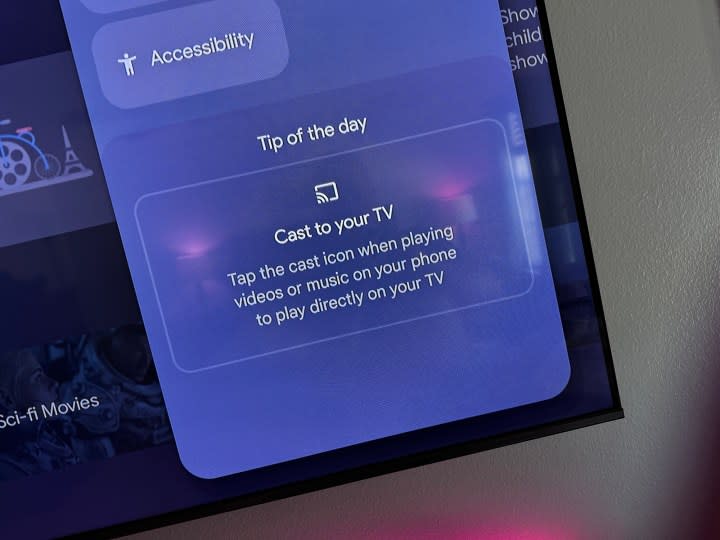Wait! What did Google just rename this time?

It’s a little on the nose, but there are times when Google is the most binary company on the face of the planet. To wit: Google’s branding is either brilliant (see Gmail), or boneheaded (see every messaging permutation ever).
The latest rebranding that doesn’t really matter? Chromecast. Erm, Cast. Actually, Chromecast built-in.
Here’s the deal: Chromecast is the long-standing product that makes it super easy to send content — usually video, but not always — from your phone to a TV. It uses a protocol to do that, which basically means the software that makes that little bit of magic work.
Chromecast was (and still is) the hardware. Cast was the protocol.
Where things got a little messy was when it comes to other devices that you can send media to. Targets, if you will. We’re talking other screens — and speakers, for audio — to which you can hand off video and music or podcasts or whatever. That could be a Nest speaker. That could be a Nest Hub, which is a screen with a speaker. That could also be a Google TV television, which is, uh, also a screen with a speaker. It might not be a Chromecast, but it uses the Cast protocol. Take, for instance, the new Onn 4K Pro, which basically is a newer, better Chromecast.
But at some point, Google decided to highlight that these other devices didn’t just have Chromecast built in, they had “Chromecast built-in.” As in, that’s the name of the feature, and not just a description. And Google recently decided not to do that anymore, and that things are back to just “Cast.”

Welcome to a tech journalist’s nightmare.
The good news is that this sort of nonsense only matters to someone trying to crank out news posts (that’s us), or someone whose job it is to make sure there’s some sort of slight distinction in branding. (That’s Google.)
But to the end users out there — the folks actually spending the money and using the things? This change shouldn’t matter at all. What’s important is finding the Chromecast — erm, Cast — icon, and then a supported target. What Google calls it and whether it’s a built-in service or an external device shouldn’t matter at all.
So there’s one fewer thing for you to have to worry about.


